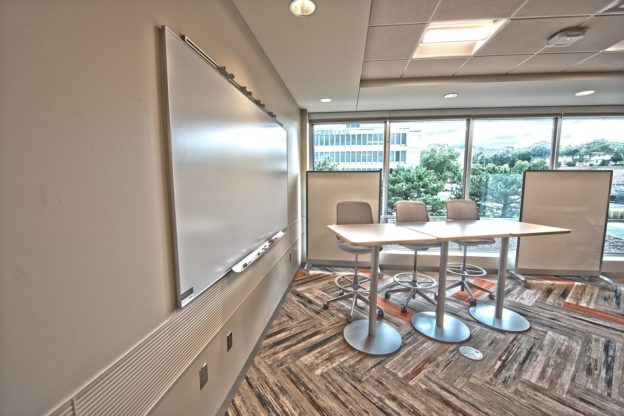Recognizing employee training as a performance-enhancement tool is important for the long-term success of an organization. Your employees are the most important asset of your firm. The tools and techniques you use to train your employees can mean the difference between your success and failure. Before you book training room rental or classroom rental, here are the three effective training methods you should know about.
1. Traditional classroom training
This is the most popular training method that uses a classroom space to deliver the content directly to the audience. Usually a certified professional prepares a lecture similar to the lectures delivered in universities and the information flow is usually one directional. At the end of the session, the students are empowered to ask questions regarding any queries they had during the lecture, giving a face to face interaction with the trainer. If the office does not have enough space to begin with, certain classroom rental services could be availed.
2. Interactive training
One more mode of delivering training sessions effectively is by arranging several activities involving the participants in another level of learning. These interactive training sessions not only are very attractive options for the employees but also for employers because of the higher learning and retaining results. The trainers can also lead them to the hands-on training sessions shortly giving them the tasks that are actually job related and not just a completely unrelated simulation for entertainment purpose.
3. E-learning and video training
These are the latest training methods involving a computer, internet and modern gadgets to get the training modules effectively. Many learning management software are available with course material related to training which could be developed on demand as well. And some third party outsources give such repetitive courses to the organizations requiring training. The barriers between a qualified trainer and employee requiring training are reduced, and everyone can learn with their own pace.







